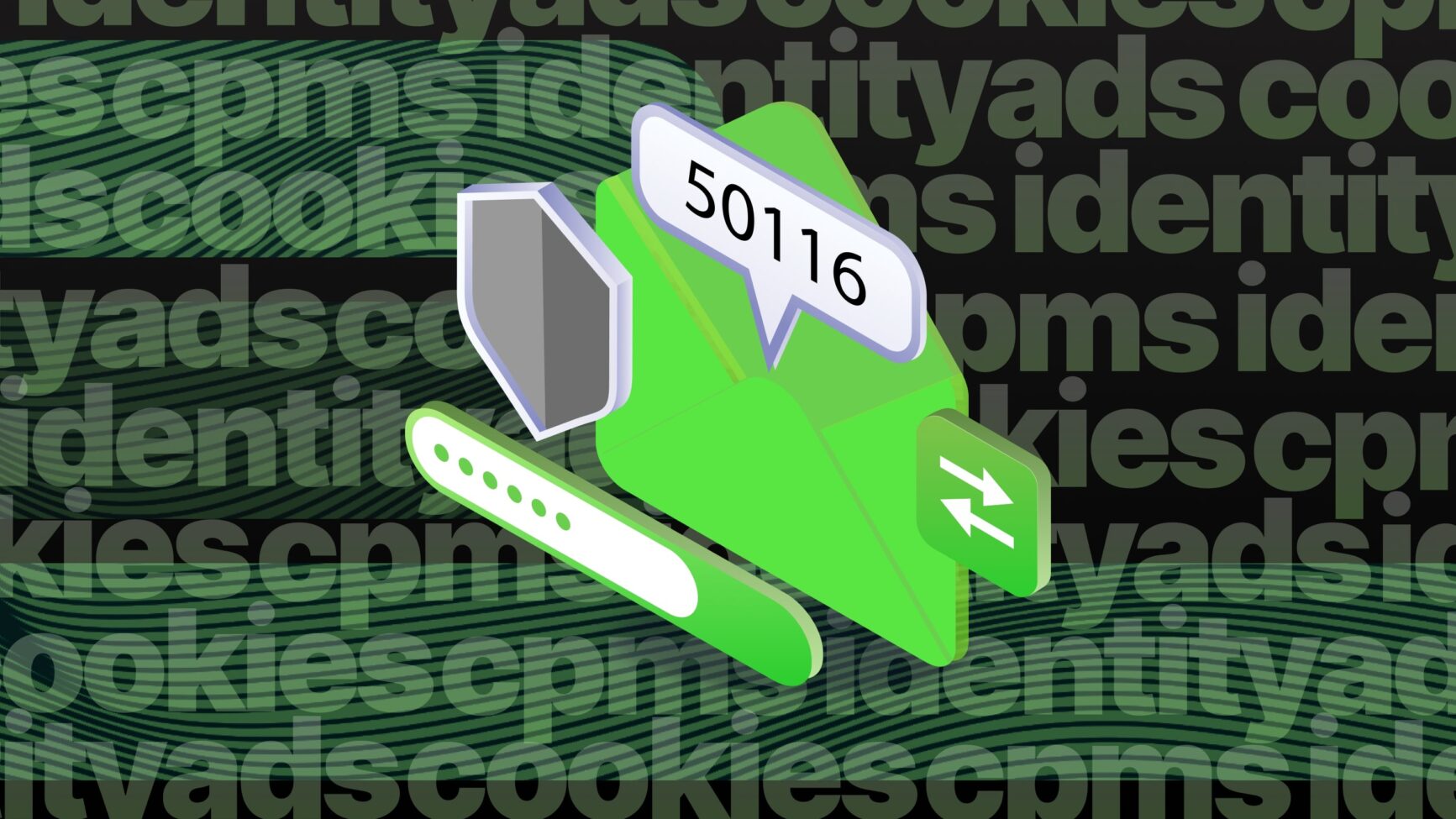What’s Happening:
An analysis of the probabilities and opportunities for local journalism with smart city devices identifies relationships in the value local news provides to communities. It also provides insight into the difference in serving local news on public devices (smart city technology) compared to personal devices.
Why It Matters:
Stephen Jefferson, founder of Bloom, conducted research on local news delivered via smart city devices such as kiosks, to learn and share insights to inspire ways in which journalism can be strategically designed into evolving cities. Jefferson specifically looked at 240 LinkNYC smart city kiosks in Brooklyn, New York to identify the breadth of local news coverage taking place, and to determine whether there was sufficient news coverage within close proximity of each kiosk and what type of services would be valuable to the devices based on the coverage available nearby.
The news content on these kiosks was provided by hyperlocal publishers in the New York City area and did not include large national or international media companies. The content was gathered in August 2018 from a wide range of categories such as Arts, Entertainment, Education, Business, Environment, Health, Culture, and Fashion.
Digging Deeper:
Jefferson and his team at Bloom wanted to learn how the number of participating publishers affected the proximity of news near the kiosks.
Content from our partners
The study found that at least five publishers were necessary to deliver reported news within one mile of all kiosks. Any fewer publishers would mean that kiosk locations would not have a sufficient amount of stories reported to serve a “news nearby” experience. Some of the findings included:
- A total of 41 publishers reported local news within 1 mile of any kiosk.
- 28 publishers reported within 1 mile of at least 15% of the kiosks.
- 9 publishers reported within 1 mile of at least 80% of the kiosks.
The quantity, frequency and category of news became less diverse as the number of publishers was reduced. At the same time, when participating publisher numbers were increased, the news stories became increasingly redundant, Jefferson reported.
The findings also included the following insight into content:
- A total of 475 news stories reported about a place within 1 mile of a kiosk.
- The average closest distance of a news story from a kiosk was 600–900 feet.
- 13% of stories occurring within 300 feet of a kiosk.
- Each kiosk had an average of 15 news stories published each week that were within 1 mile of its location, 30% of those stories were less than 0.5 miles away.
- At least 1 news story was reported per day within 1 mile of each kiosk.
- One challenge is that currently, the costs of distributing content to smart city kiosks are extremely high compared to the budgets of hyperlocal publishers.
The Bottom Line:
With the findings from this study, Jefferson concluded that any service to be designed to bring a “news nearby” experience to all neighborhoods must be flexible for kiosks that are in high- and low-frequency areas respectively. A service must also be able to accommodate multiple news stories per day as well as few news stories per week.
There seems to be a sufficient amount of news coverage to be included in a real-time, nearby distribution service with smart city devices, such as kiosks, and Jefferson is optimistic about their potential for future local news publishers. Public smart city devices have the potential for community engagement and help bring news to people who may not have compatible devices for browsing “nearby news” experiences.
“Public devices like LinkNYC kiosks allow for everyone to be informed equally,” Jefferson wrote. “Aside from distributing news in real-time, public smart city devices could also benefit journalism and the community by acting as listening posts, or spaces for journalists or city officials to reach passersby in time of need.”








